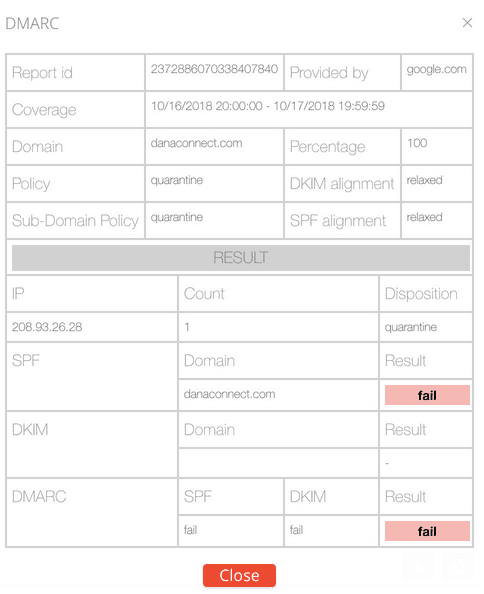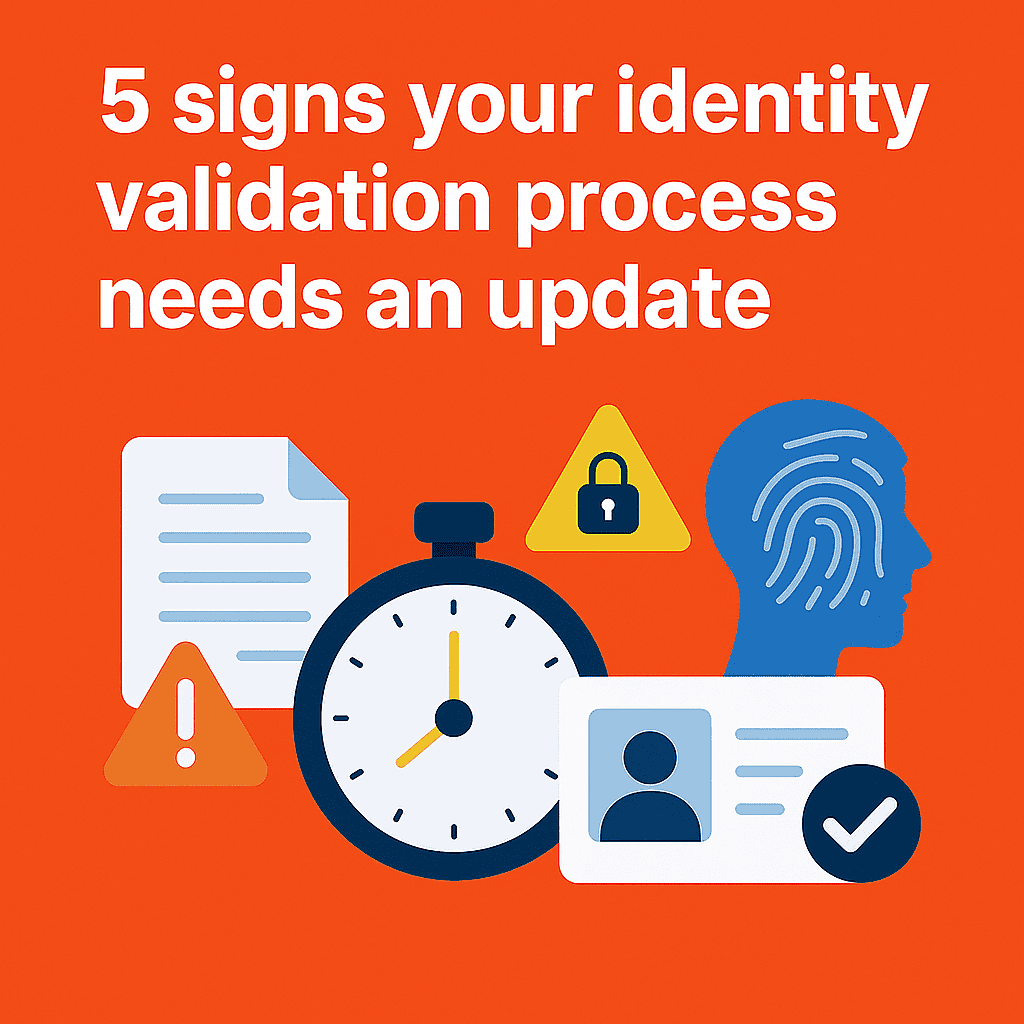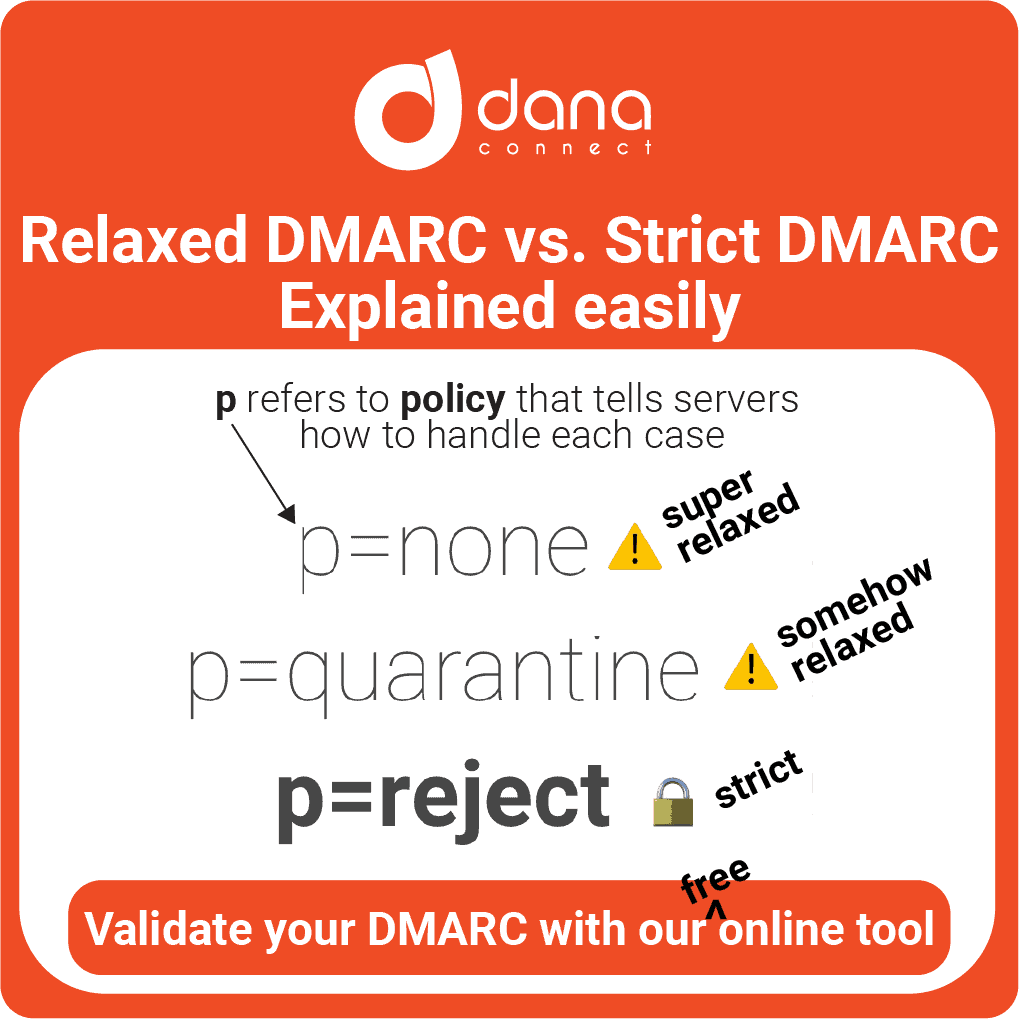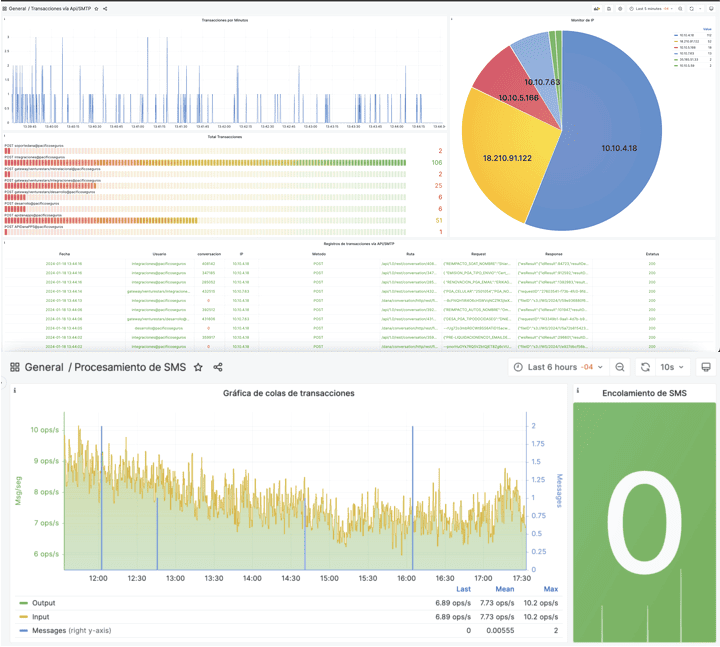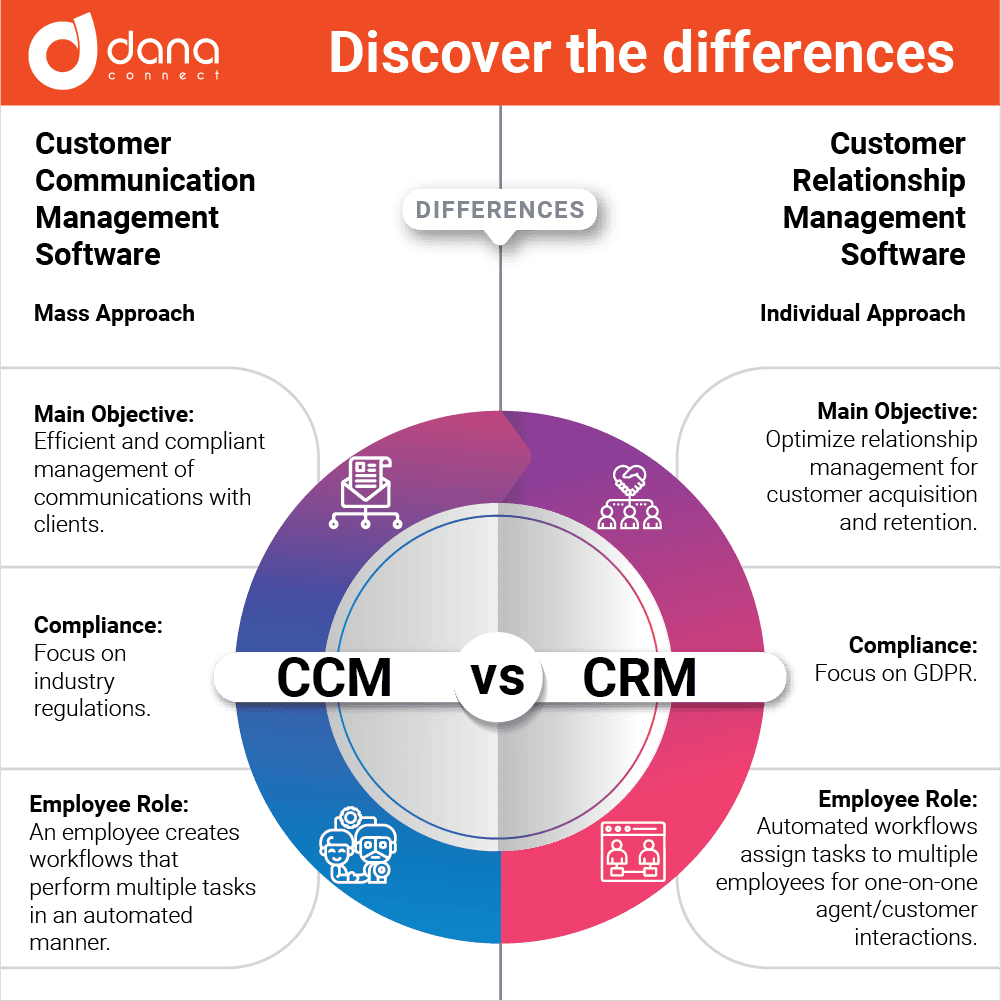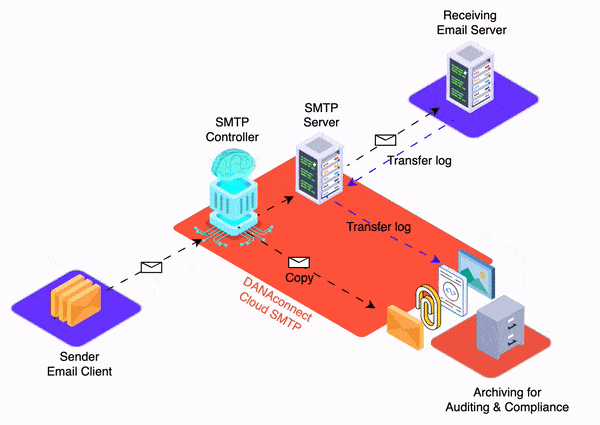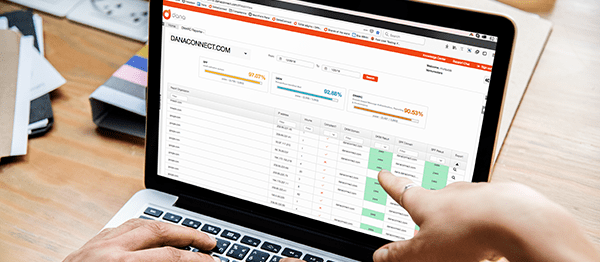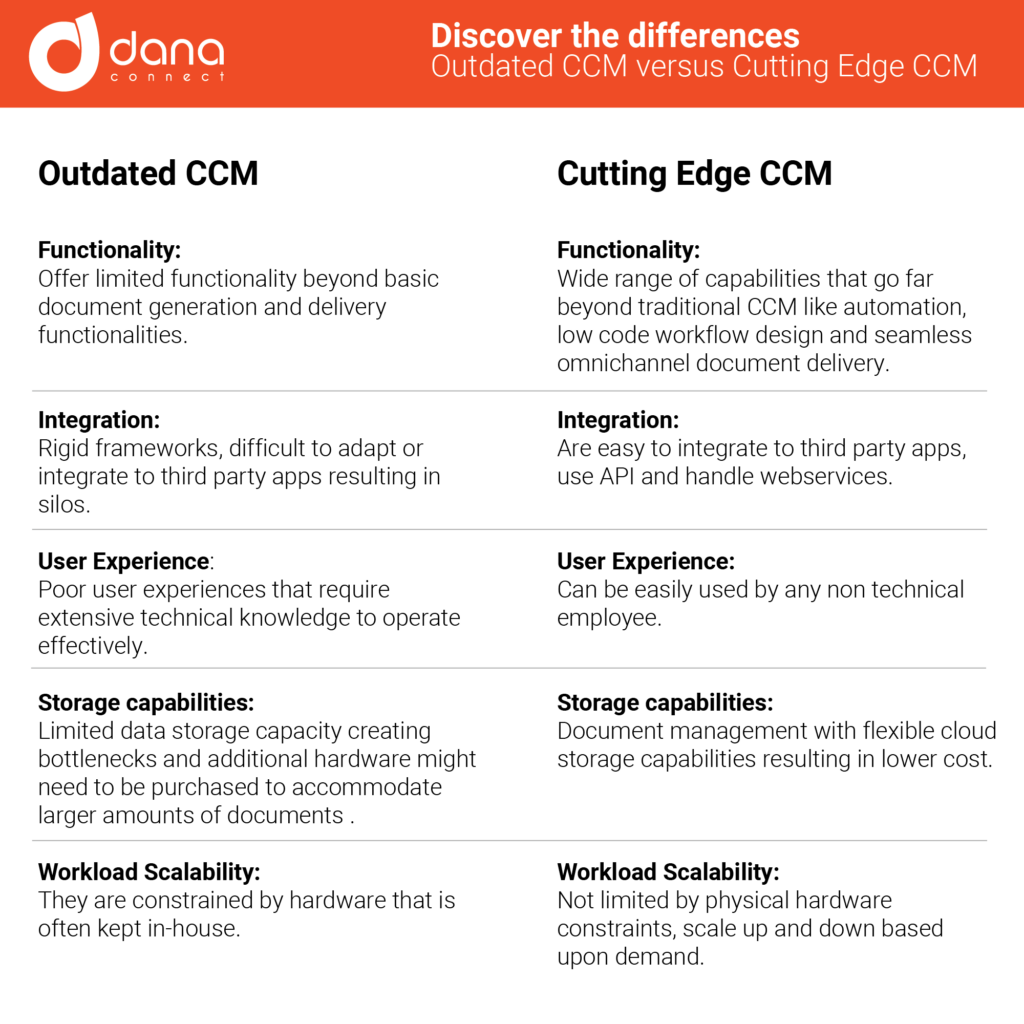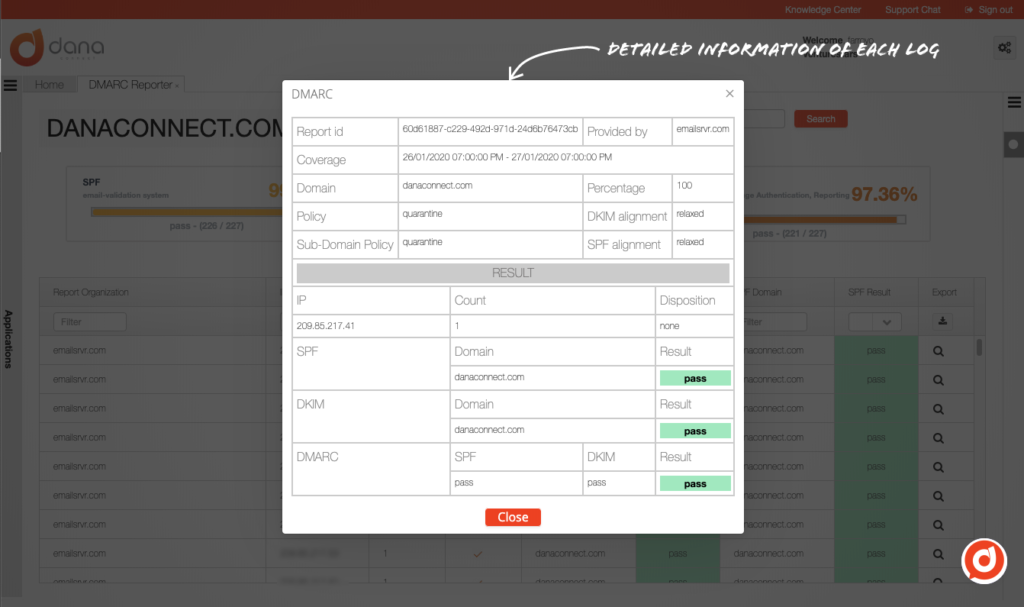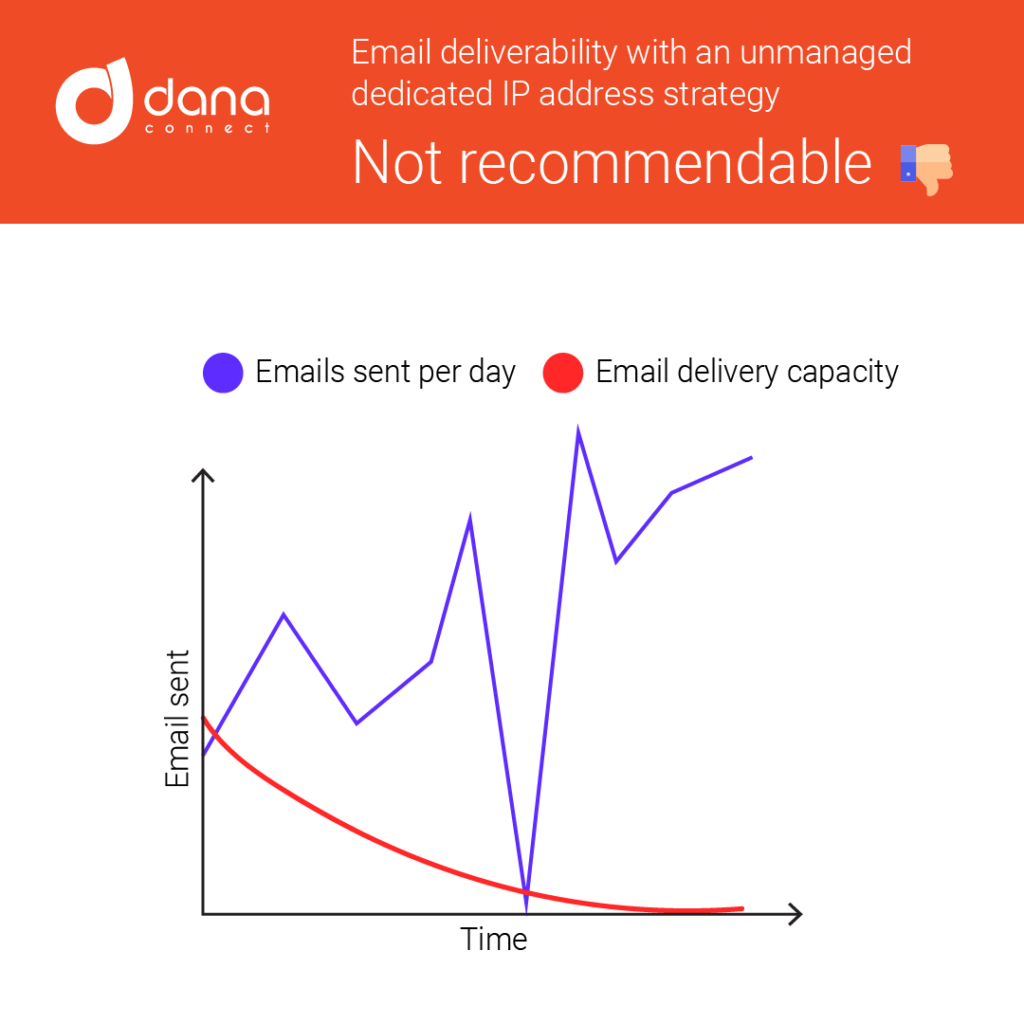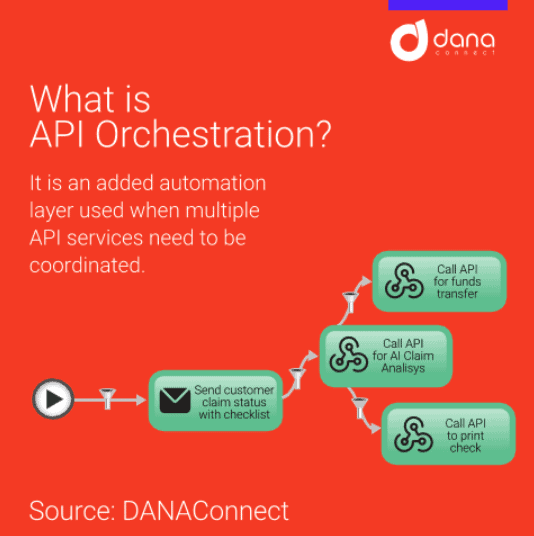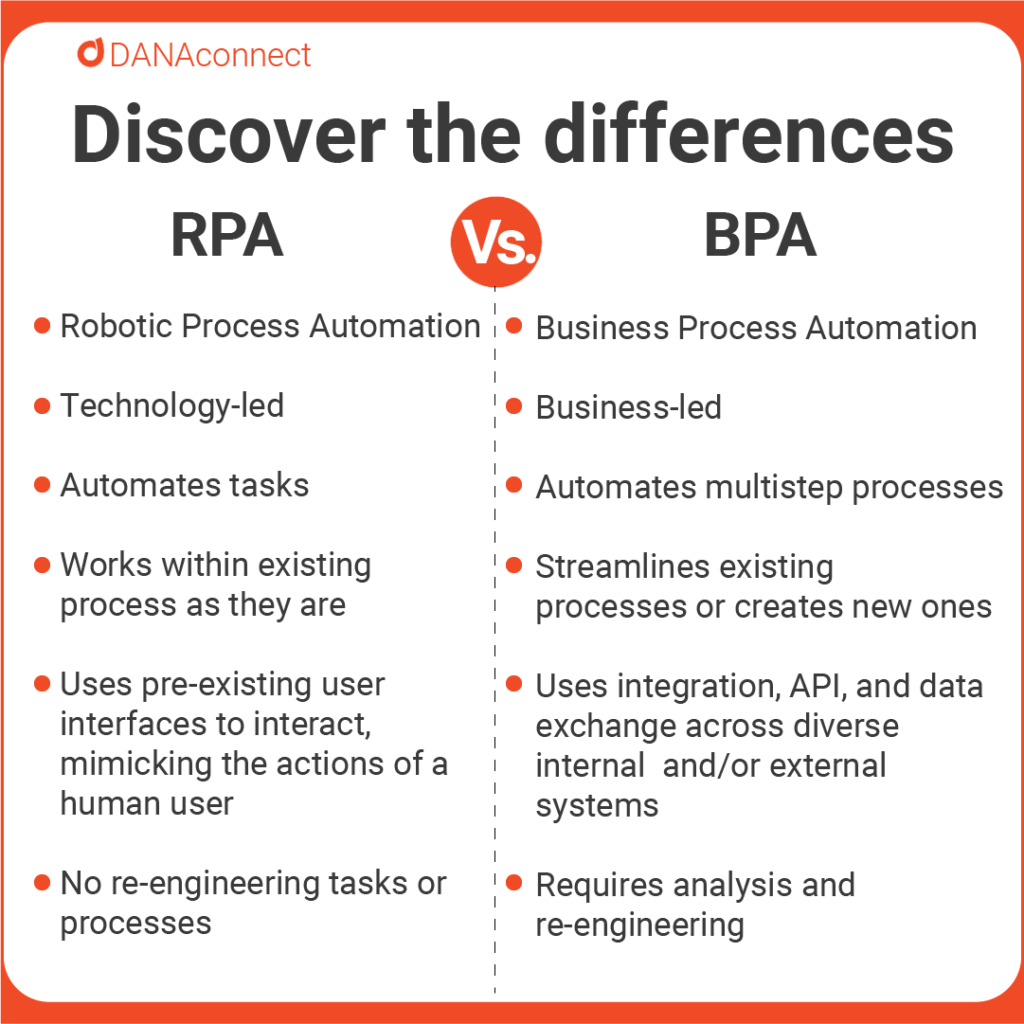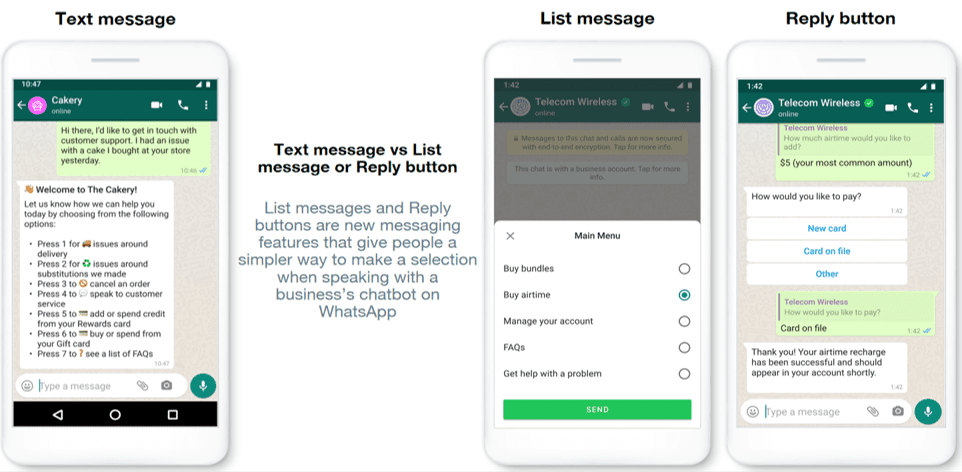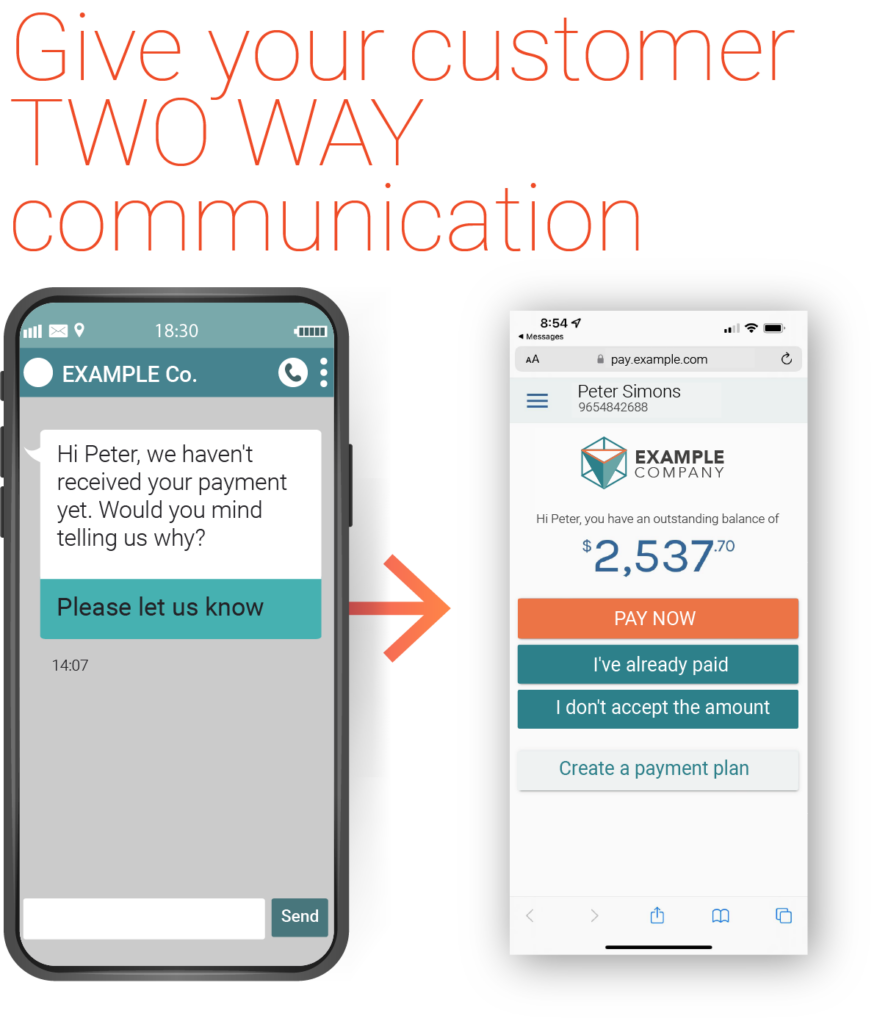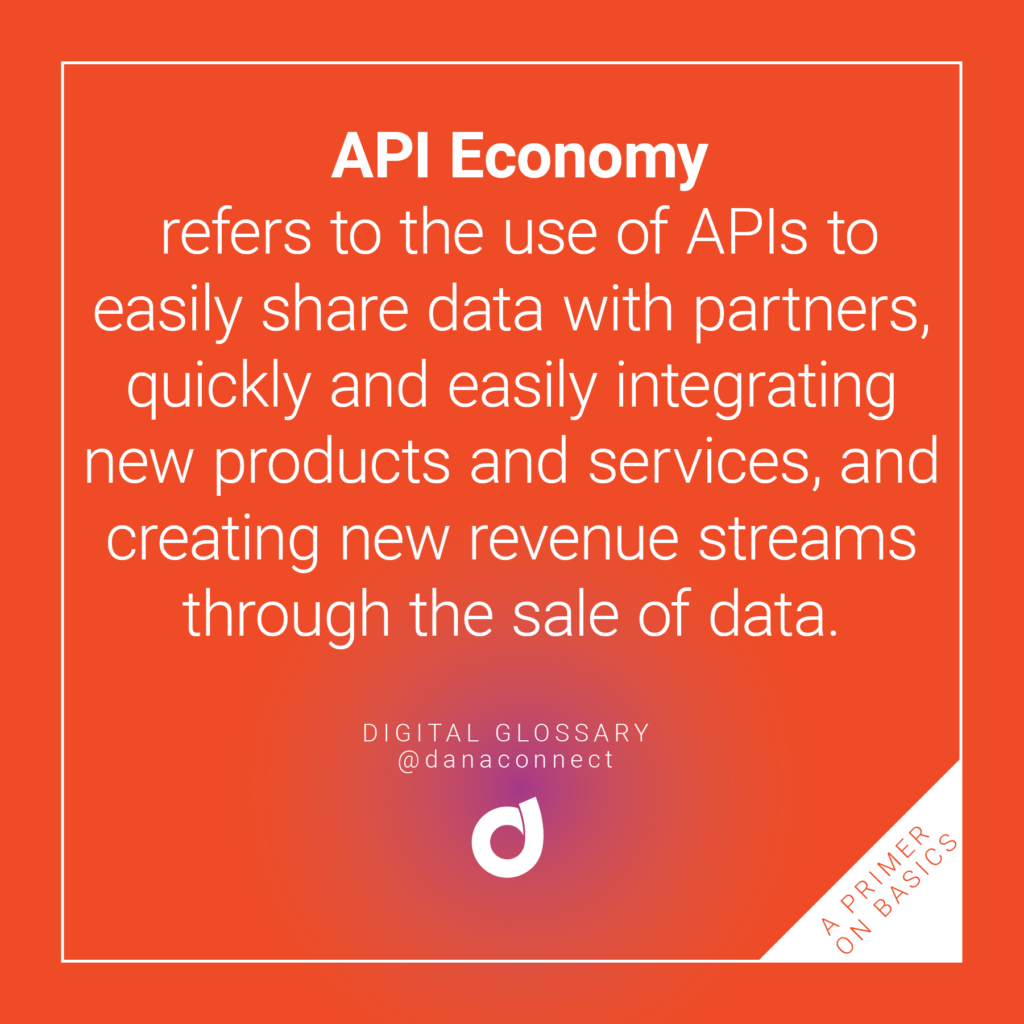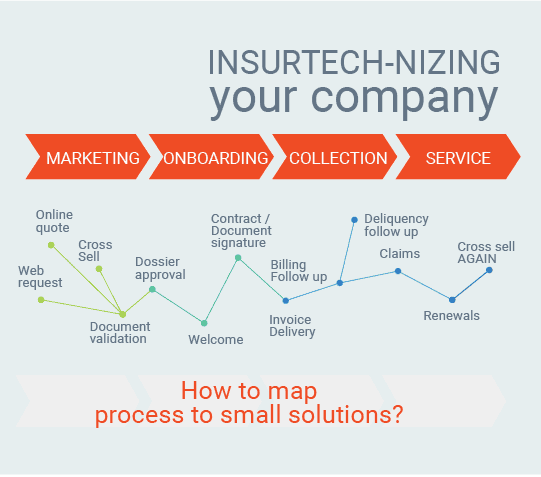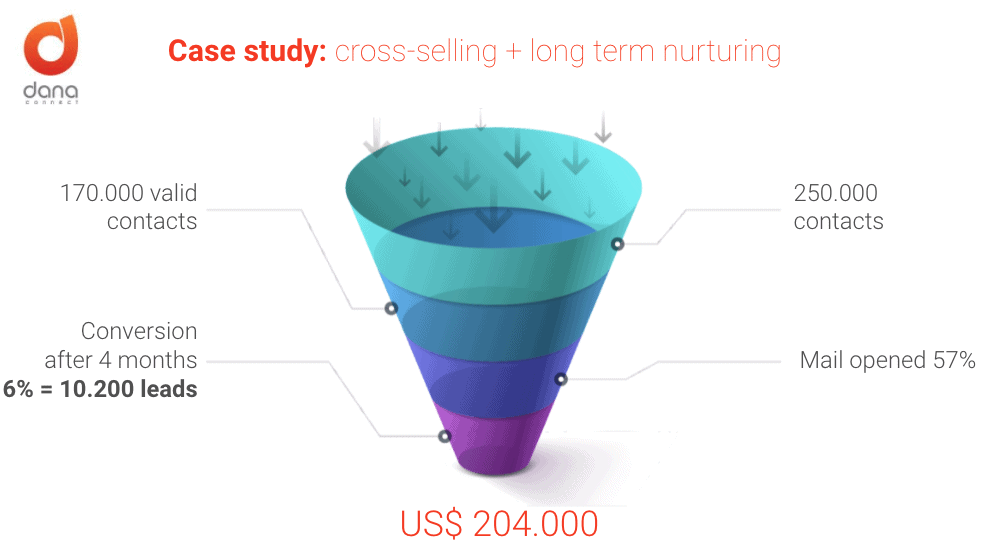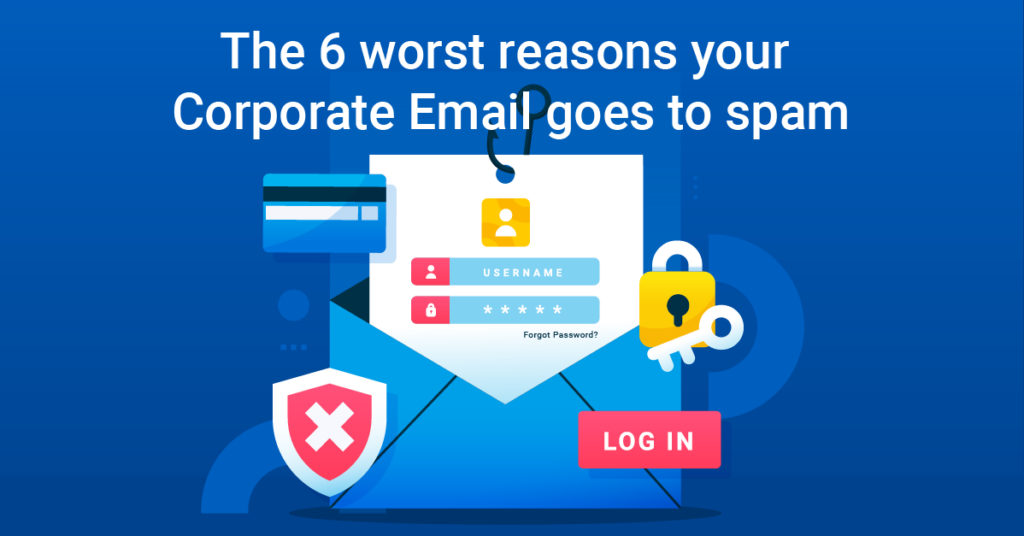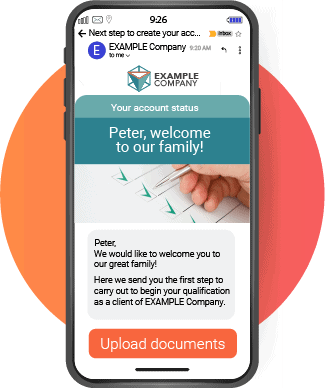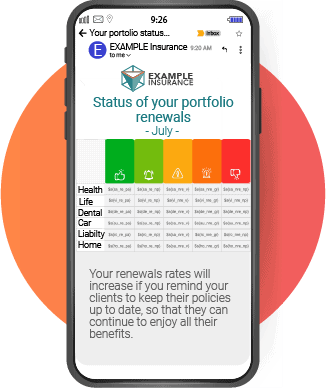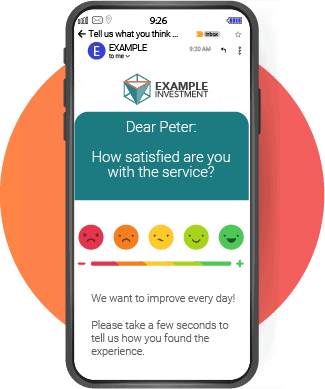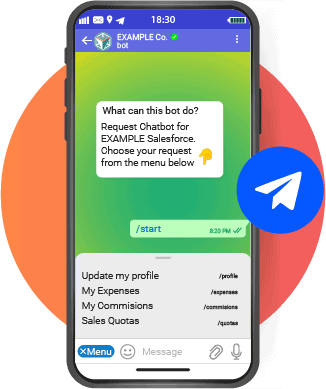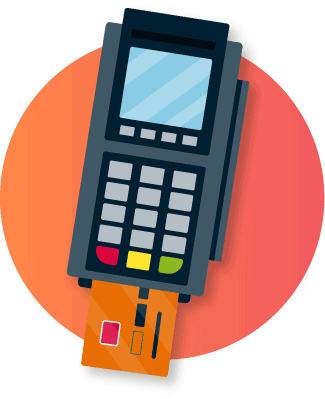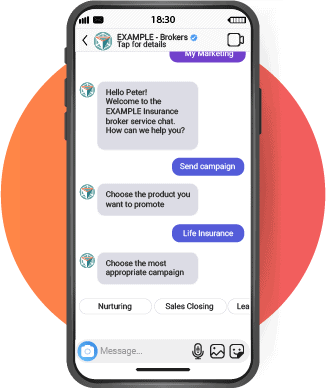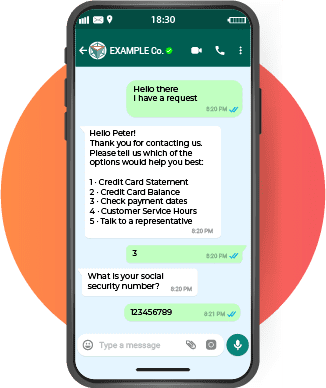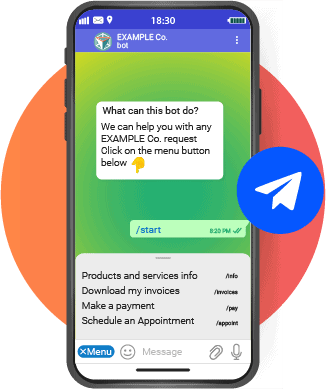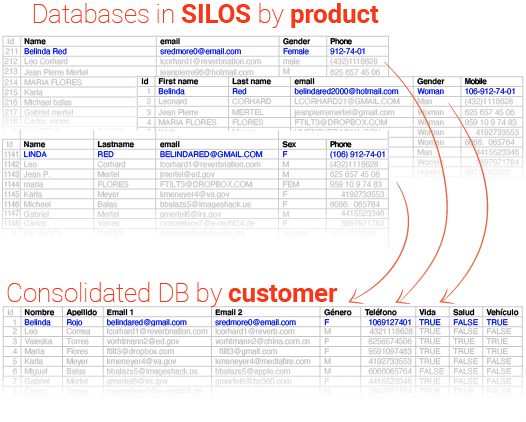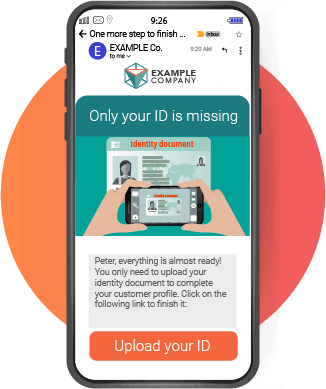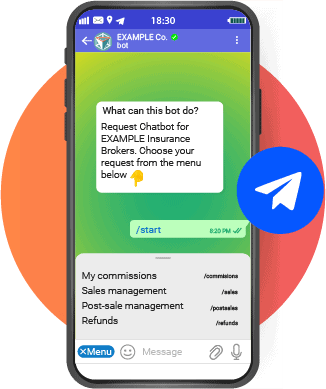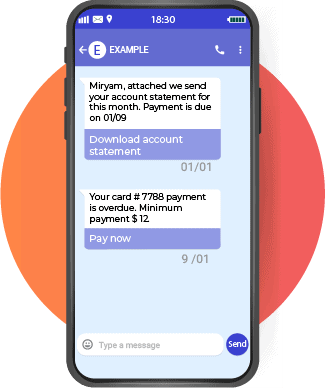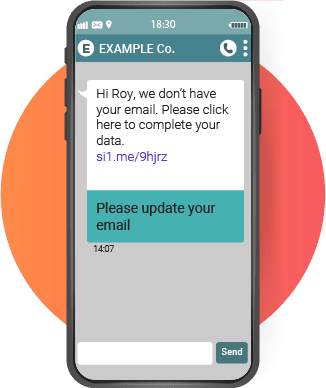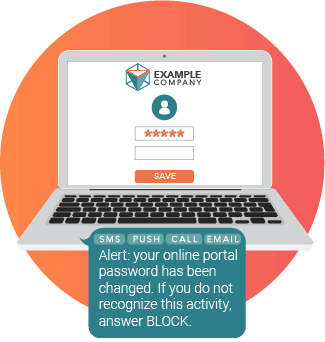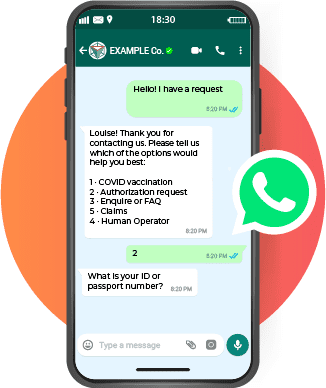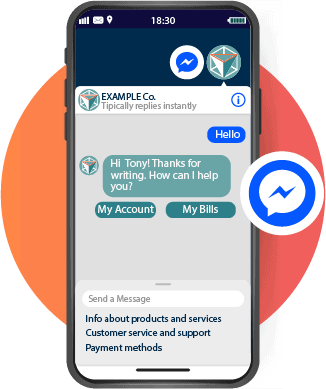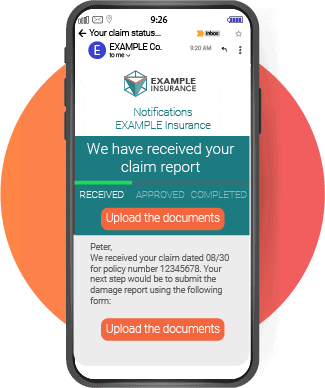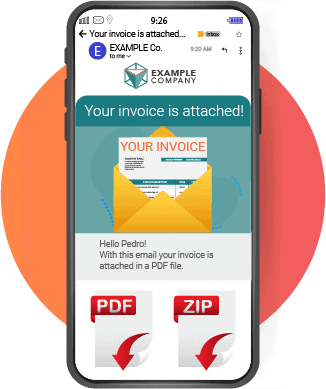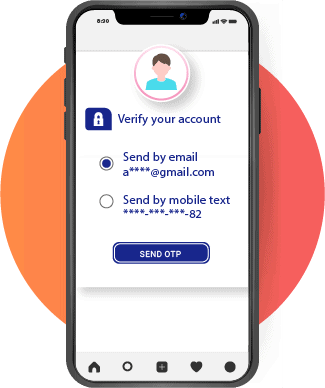Customer communications comes from every touchpoint in the relationship, and ideally, it should go bidirectional, but that would imply that only two parties are interacting. In most cases, the party on the company side is multiplied by the number of departments that need to communicate with the customer. This creates many issues that can affect your business efficiency and profitability.
Top worst side effects from lack of control over customer communications
- Customer Experience worsens.
- Marketing emails don’t arrive at their destination.
- Security could be compromised.
- Multiple sources of “truths” work against digital transformation.
- Paying legal fees or even going to court for no reason.
1- Customer Experience worsens
Customers reach out to companies in various ways, from social media to email to web chat. But if all of your communication frameworks are disconnected from each other, it can create a bad experience and frustration for your customers and even for your staff.
How to improve Customer Experience through high data quality and seamless cross channel communications
Most organizations create and send messages and documents from many different applications and frameworks. This makes it really difficult to create a consistent, engaging customer experience.
A centralized platform, where customer data is managed to govern all communications in a unified way, allows to increase response capacity and guarantees the speed and effectiveness in all the points of contact through seamless cross channels. Let’s say, for instance, a customer asks for an invoice by your chatbot or WhatsApp and receives it automatically by mail or SMS. For this to be secure enough, the customer data has to be 100% consistent, so it can be verified.
In our WEBSITE – > Digital document automation
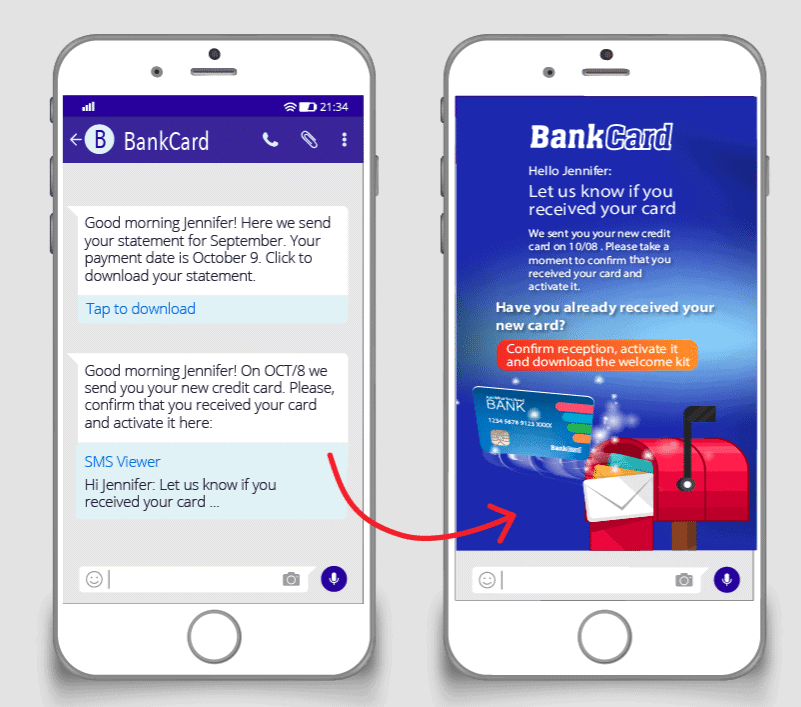
2 – Marketing emails don’t arrive at their destination
When different areas within the organization use different apps for outbound communications, the IT department needs to maintain tons of apps and DNS configurations up to date. If digital assets are not exhaustively inventoried and policies are not well configured, emails that are sent in batches, such as marketing emails, start having delivery problems.
3 – Security could be compromised
If the policies for outbound emails are not set in a strict mode, that is really unique for your own organization, anyone could send emails on your behalf, making it a big security risk for your customers and your brand value.
How to improve email channel security with DMARC policies and centralized communications
DMARC was created to protect email senders and recipients from spam, spoofing, and phishing.
If you don’t have it, anyone could send emails on your behalf, which is terrible security wise. But if you have it and don’t configure it well, it could prevent your emails from arriving in your customer’s inbox even if they are legitimate, which is also very bad for business.
Those two last problems we mentioned, emails that don’t arrive and email security risk, can be solved by implementing the best DMARC policies for your specific case.
To get to know what are the best policies you have to implement, it takes a little bit of research from your security team, especially if you are a medium to big enterprise. The first thing to do is discovering who is sending emails on your behalf and why. To do this, the best way to start is to have a DMARC report tool.
After configuring the report tool, it may take only a couple of days for your company to get a complete view of who is sending emails on your behalf. What we usually witness, as consultants, is that organizations are really surprised by the number of illegitimate sources of emails. Still, they are even more surprised by the legitimate sources they didn’t know about.
In our WEBSITE – > Benefits of DMARC
4 – Multiple sources of “truths” work against digital transformation
Even at the most basic operational level,contacting a customer from the different company areas with varying frameworks of communication creates different data from our customers. One department ends up with the Gmail and another one with the Hotmail address, making it impossible to achieve hyper-digitization, customer self-service, and overall, digital transformation.
Unique repository for customer dossiers can simplify customer communications hyper-digitization
New approaches to service models are required for taking full advantage of the opportunities created by the skyrocketing of self-service in the financial industry.
Having customer data centralized in a single platform makes it possible to create process flows that begin with marketing prospecting, go through onboarding, welcome, account enablement, and then diversify across the entire business organization.
Read our article -> Adoption of financial self-services grows in tandem with digital trust
5 – Paying legal fees or even going to court for no reason
“Did we really send that email or not?” Sometimes clients elevate claims to legal levels for receiving or not receiving some documents or notifications. The worst-case scenario is simply not having the evidence to prove that you actually complied and letting the problem escalate to legal levels.
How centralizing your customer communications can lower annual legal fees
Auditing all the messages that your organization made to a specific customer throughout the whole relationship is possible when you have a centralized communication platform and stick to it.
In a centralized customer communication management platform, auditing tools record when the message was sent, the recipient’s email address, and when and where it was opened. These records keep traceability of the message’s route and store it in a way that is admissible as proof of delivery. Usually the cases don’t progress once the proof of delivery is handled.

